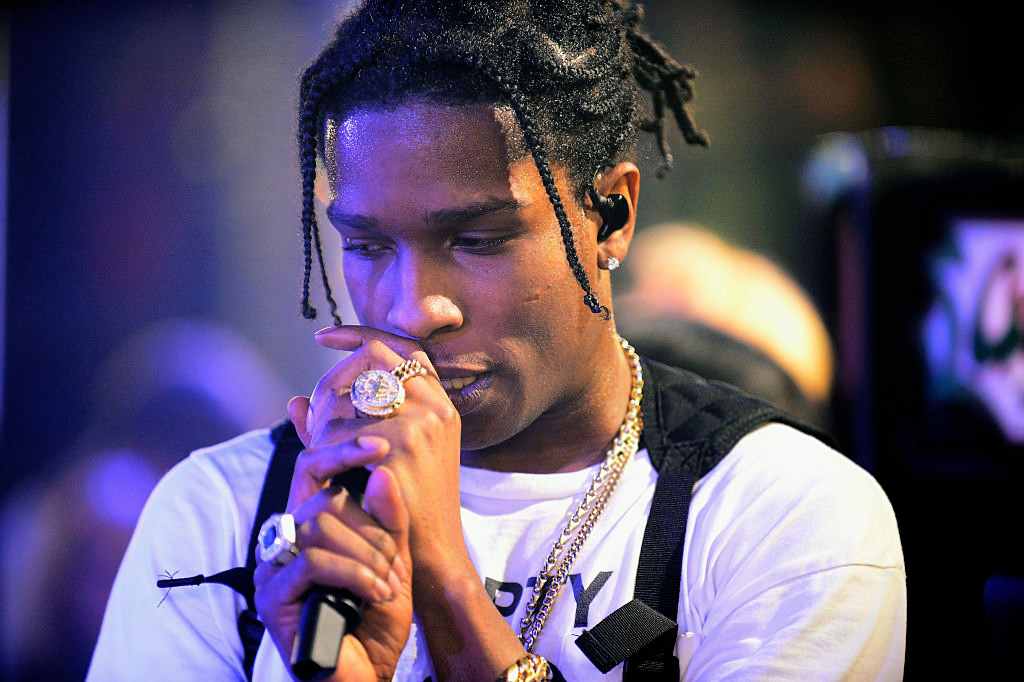


Within avant-garde practices, audiovision has been consistently pursued as if it can unlock the divisive channels of linguistic discourses and/or medium-based protocols. My task in writing on audiovisuality is to discern and navigate those moments where things happen in ways more maximising and problematising than perceived wisdoms would like and avant-garde gestures would claim. The beauty of audiovision, then, is how inevitable its eventfulness becomes, and how overwhelming the sensation of sound and image merging can be in the present moment of experience.įurthermore, this invisible inevitability has yet to be excluded from critical writing on visual things presumed to be silent, sonic things presumed to be beyond image, and all the chaotic attempts to either neutralise or radicalise the relationships between opto-cine-theatrical languages and sono-musical languages. The inverse is equally so: no matter how pure or essentialist one’s desire for ‘sound alone,’ the colour of your shirt will always betray an ulterior motive to your sound-making. No sight exists without physical, psychoacoustic, imaginary or cultural simultaneity in sound. If there is a determining principle that guides my angle on aural perception, my choice in media subjects, my thrust in critical discourse, it would be that audiovisuality is a given state. I’ve written quite a bit on audiovision over the years. Eugene Ughetti, Matthias Shack-Arnott, Speak Percussion, Singapore 2015 First principles


 0 kommentar(er)
0 kommentar(er)
